Research
Search our website
Search our website by entering a keyword or choose a database above to search specifically.
Search
Showing search results 3,741 - 3,750
14,714 results found
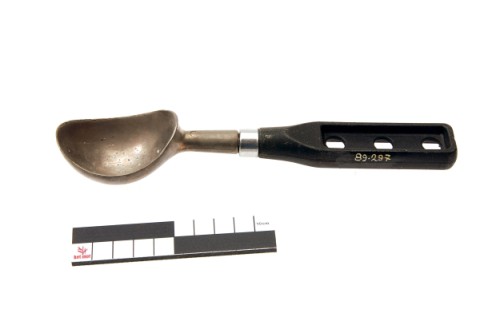
Ice cream scoop
This text can only be consulted in Dutch
<https://www.mot.be/resource/Tool/ice-cream-scoop?lang=nl>
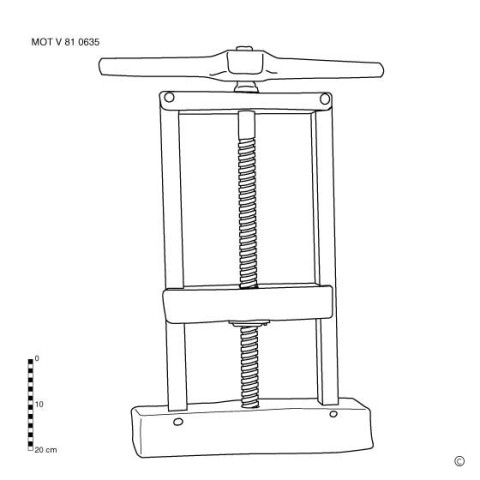
Hooping windlass
This text can only be consulted in Dutch
<https://www.mot.be/resource/Tool/hooping-windlass?lang=nl>
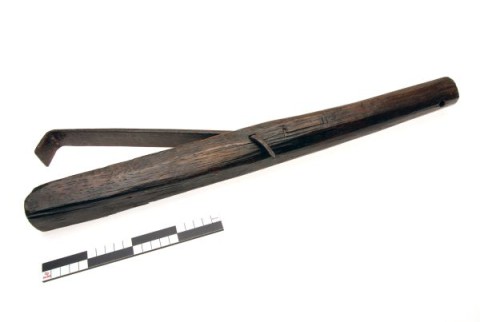
Hoop hook
This text can only be consulted in Dutch
<https://www.mot.be/resource/Tool/hoop-hook?lang=nl>
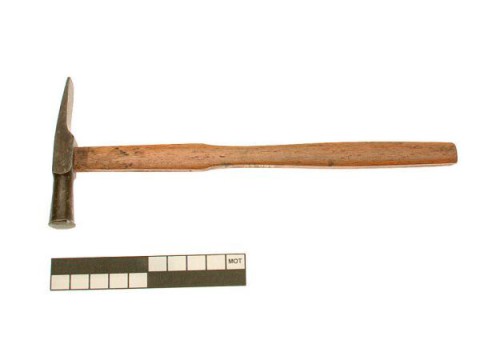
Jewelers' hammer
The jeweler's hammer is a small (approx. 15-25 cm) and light (approx.
50-100 g) hammer. The head (approx. 7-10 cm) has one wedge-shaped end and
one circular or square (approx. 1 cm). The handle is made of wood. Another
model is all-metal with a short, round handle. The goldsmith uses this
hammer to perform very fine and precise work, such as embossing. [MOT]
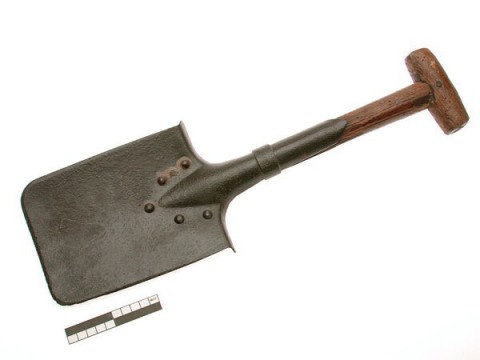
Infantry scoop
Infantry scoop of the military. This text can only be consulted in Dutch.
[MOT]
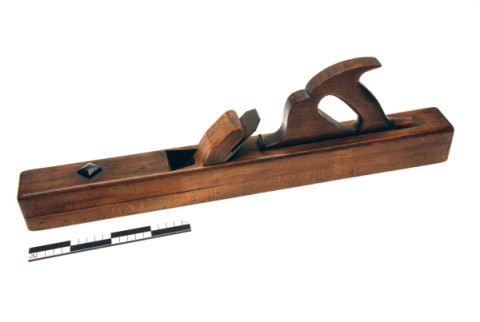
Jack plane
The Jack plane is a planer with a square, 50-60 cm long block, with handle,
without turning chisel. It is the first plane used to smooth a piece of
wood. Since it is intended for rough work, the edge of its chisel is
slightly rounded. Then the wood is processed with a jointer plane. [MOT]
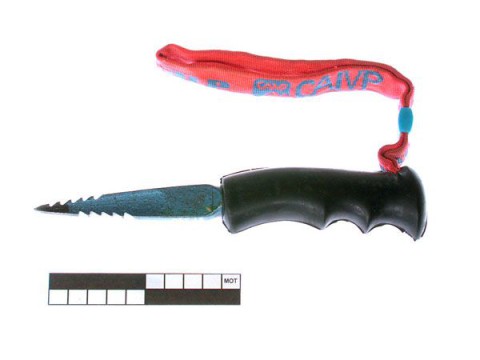
Ice dagger
This text can only be consulted in Dutch
<https://www.mot.be/resource/Tool/ice-dagger?lang=nl>
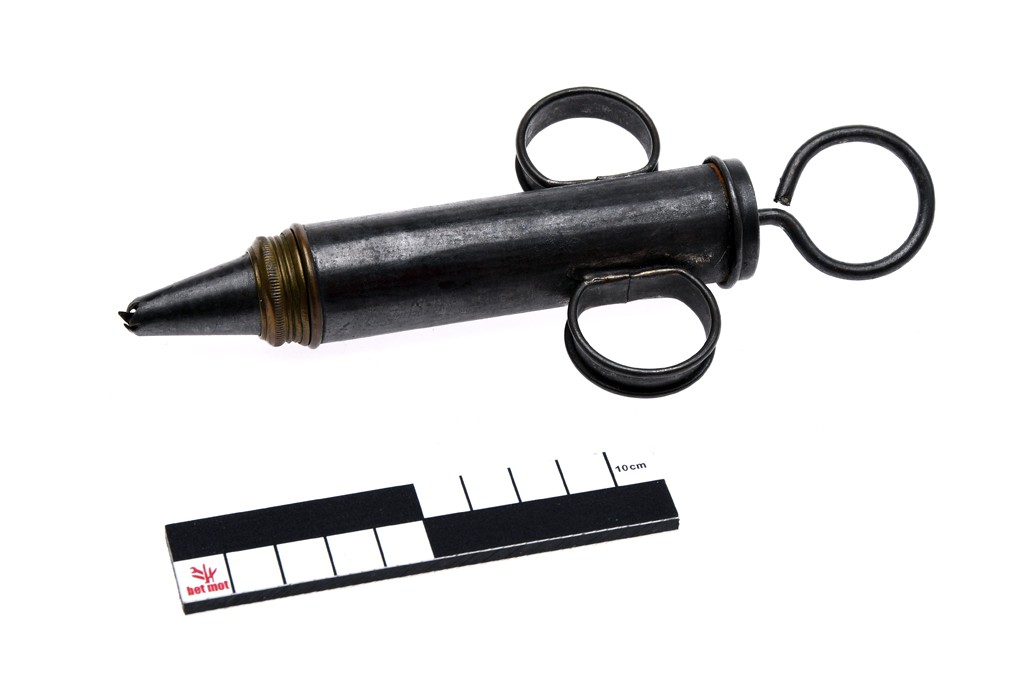
Icing syringe
This text can only be consulted in Dutch
<https://www.mot.be/resource/Tool/icing-syringe?lang=nl>
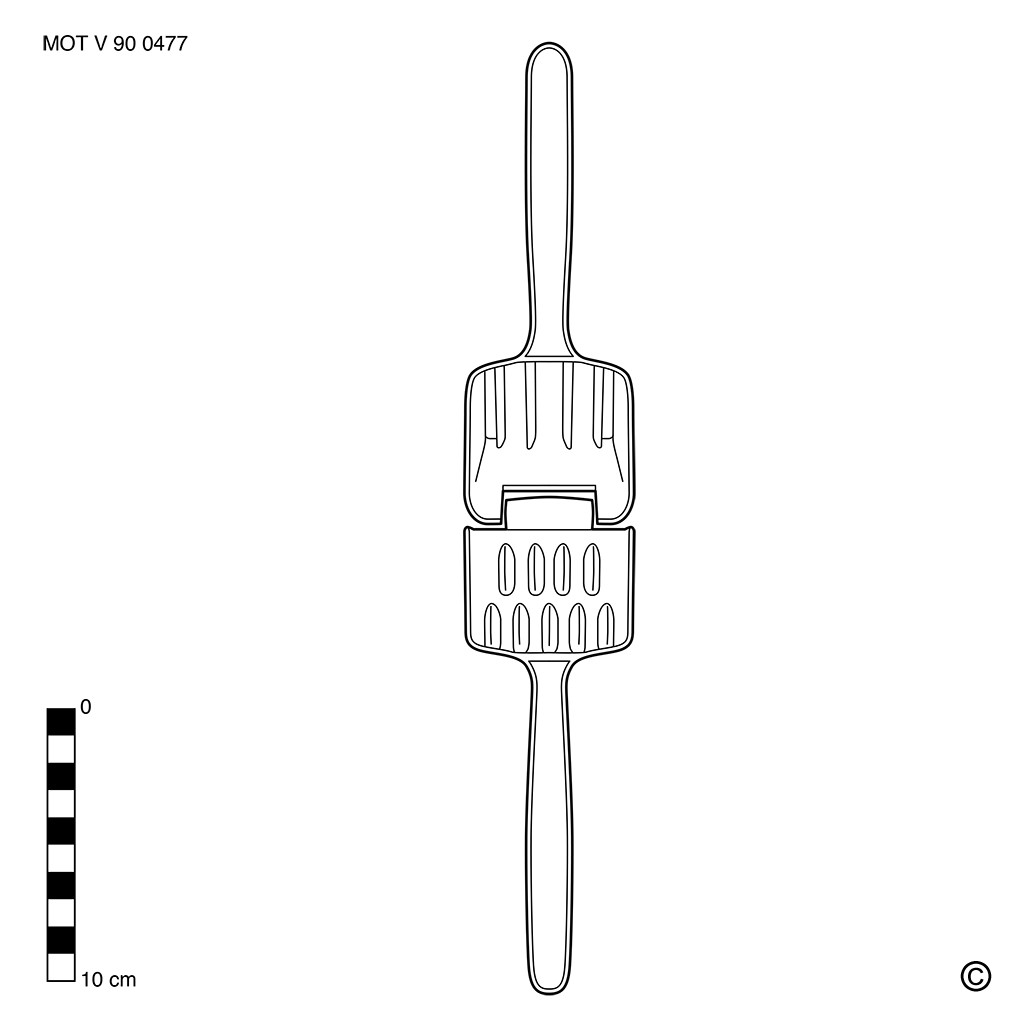
Ice crusher
This text can only be consulted in Dutch
<https://www.mot.be/resource/Tool/ice-crusher?lang=nl>
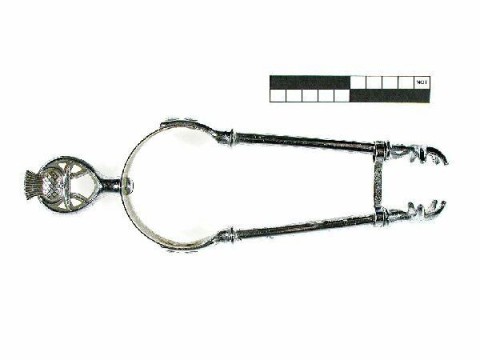
Ice cube tongs
This text can only be consulted in Dutch
<https://www.mot.be/resource/Tool/ice-cube-tongs?lang=nl>
